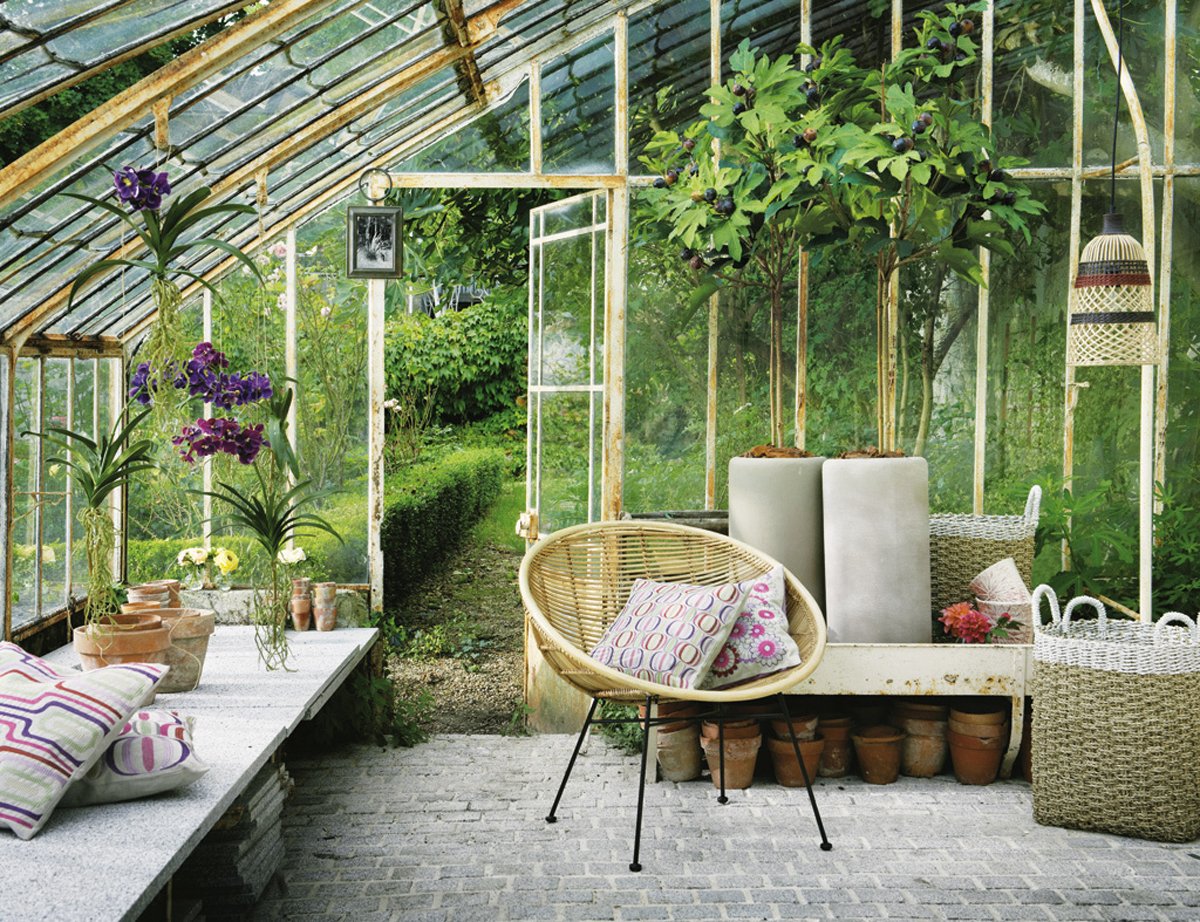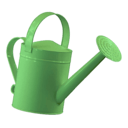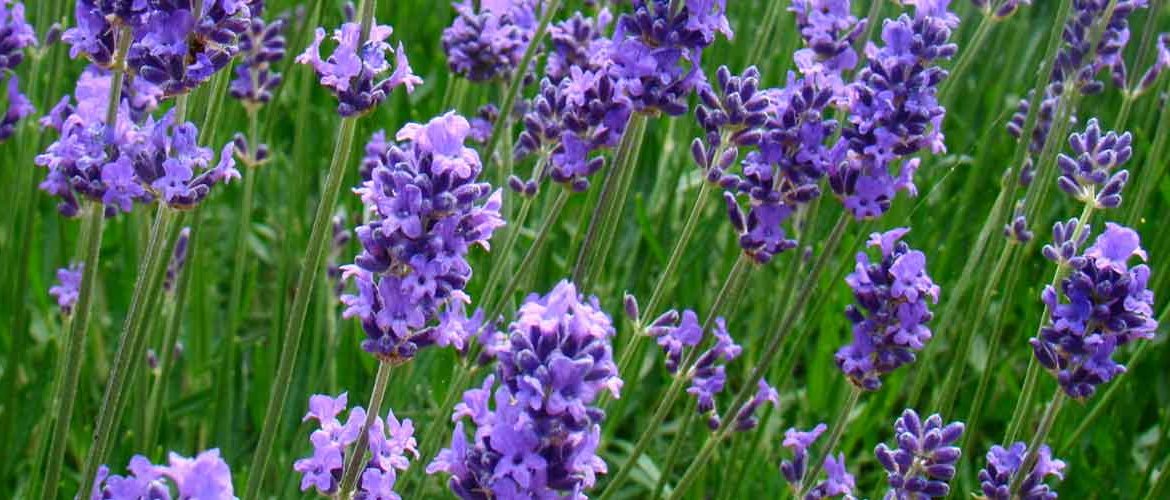10 tips to protect your garden from frost
With cold weather, plants suffer. Despite being accustomed to low temperatures, you must be especially careful with frost if you do not want to spoil the green exterior of your house. Although these phenomena are good for eliminating insects from the species, they can also destroy them. Protecting the garden urgently needs to be done before temperatures drop too low.


If you do not have space for a greenhouse, you will have to carry out other strategies to prevent the cold from entering the plants. There are many species that only need good insulation at ground level to protect the roots and stems. However, there are others that need to be covered with plastic to simulate a greenhouse.
How to keep your plants safe from the cold
Reduce watering. At this time of year, plants need less moisture. One of the big problems of cold weather is the amount of frozen water in the plant's substrate. You will need the soil to have good drainage and you have to reduce the amount of watering.
Planting on ridges. This system consists of cultivating taking advantage of the slopes of the land. You will avoid water stagnation and at the same time, the soil will retain heat better.
Barrier of evergreen trees or hedges. This will create a biological shield that will be very useful to protect species from inclement weather. These walls can also be created with stones. They should be dark in color so that they absorb light and accumulate the sun's heat during the day.
Layer of dry leaves. When placed on the ground, they will protect the roots from frost damage.
Cover the plants. The best option is to do it with transparent bubble wrap so as not to completely prevent the passage of light. In this way the cold air comes into contact with the plant. Remember to remove it during the day so that the plants do not suffocate.
Take care of the fertilizer. During autumn, try to use a fertilizer with a high potassium content so that they will be stronger and better able to withstand the low temperatures when winter arrives. Ideally, prepare your own organic fertilizer.
Use good compost. Compost is a natural fertilizer that serves as a thermal insulator against extreme temperatures, in addition to providing fertility to the soil. Cover the soil with a layer of 5 to 7 cm of this organic compound.
Flower pots. If you have potted plants, you should place them inside the house to avoid direct contact with the cold. They can provide you, at the same time, a decorative touch.
Special attention to the lawn. Frost causes damage to lawns. Place sprinklers that melt the ice during the central hours of the day. Do not walk on the lawn if it has frozen and remember to prevent this situation with anti-helmet nets.
Group plants together. This will help to create microclimates with good humidity and temperature. Also, if possible, place them next to a south-facing wall, as the cold is less intense.



